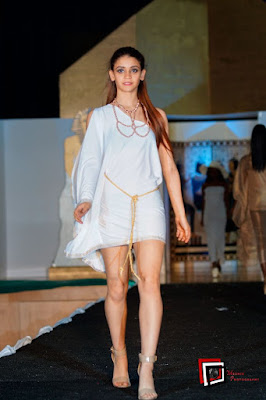Hosting a trunk show, a pop-up shop or doing an event for your business? One way to generate traffic and buzz is to promote it through a variety of outlets in order to expand your reach.
You should start planning your promotional messaging in advance for several reasons. The longer you have, the various amount of information you can push out including types of inventory, sponsor information and teasers that build intrigue. Another reason is to give attendees and press enough time to fit your event into their calendar. And, if you’re planning on using a third party outlet to spread the word, they require advance notice to get events listed into their system.
Consider promoting your events these ways:
1. Add it to your email signature.
2. Create a free Splash page to act as a dedicated homepage. This is good if you have multiple partners, want to collect tickets or have created an event that’s different than your brand name.
3. If it’s large enough and open to the public, list it on Eventbrite.
4. Add a page to your website specifically for events and be sure to update it so your brand always appears relevant. Even if you don’t have events going on, it’s okay to say that but having outdated information doesn’t look good.
5. Create an event listing on your Facebook fan page and share updates periodically. You can also add multiple hosts so leverage brand partners and friends to spread the news.
6. Use your Twitter profile description to let others know about the event.
7. If your website has a carousel that allows for multiple images on your home page, create a beautiful event image to get people excited.
8. Add it to your blog with a written description of your event. Also consider creating a category for events and use appropriate tags that you will consistently use over time like a trunk show and pop-up shop.
9. Share it with your local community and media outlets as many newspapers and online magazines have an event section. For example, Time Out New York has their own submission form for shopping events.
10. Include it in your email marketing through a dedicated message and if you want to keep it intimate or curated with a special list of people, consider using Paperless Post.
11. Get social with your event! In addition to posting it on all the social platforms you are on, engaging with others about it. You can also create a custom hashtag that’s proprietary to your brand that will allow you to search for conversations surrounding it pre and post event.
Emerging Designer or have a resource to share? Please feel free to contact us at hello@theemergingdesigner.com.
http://theemergingdesigner.com/11-ways-to-promote-your-fashion-event/
http://www.theguardian.com/small-business-network/2013/sep/17/best-advice-pop-up-shops
http://theemergingdesigner.com/11-ways-to-promote-your-fashion-event/
http://www.theguardian.com/small-business-network/2013/sep/17/best-advice-pop-up-shops














































